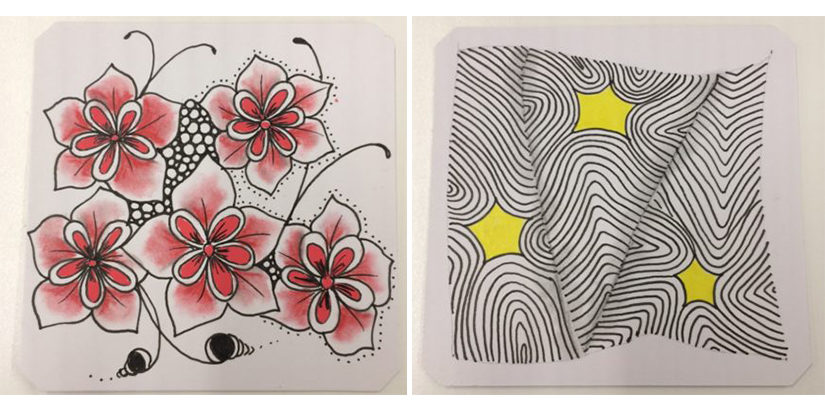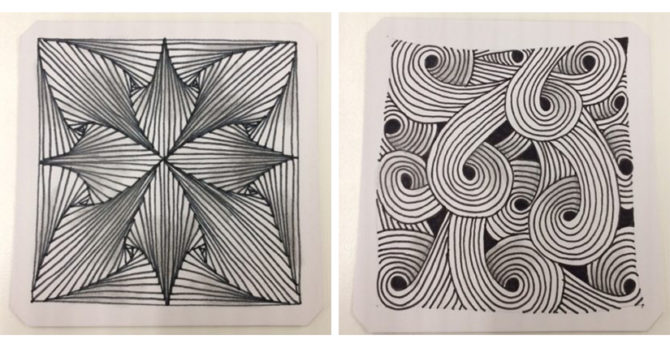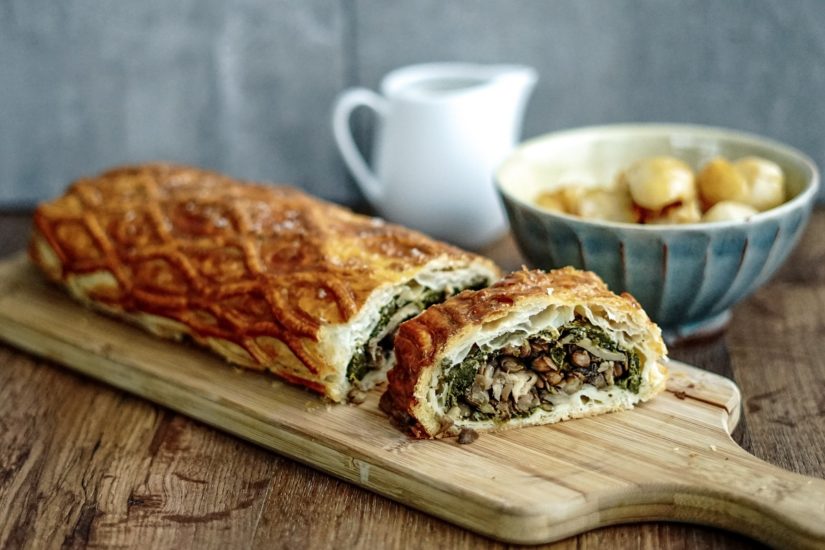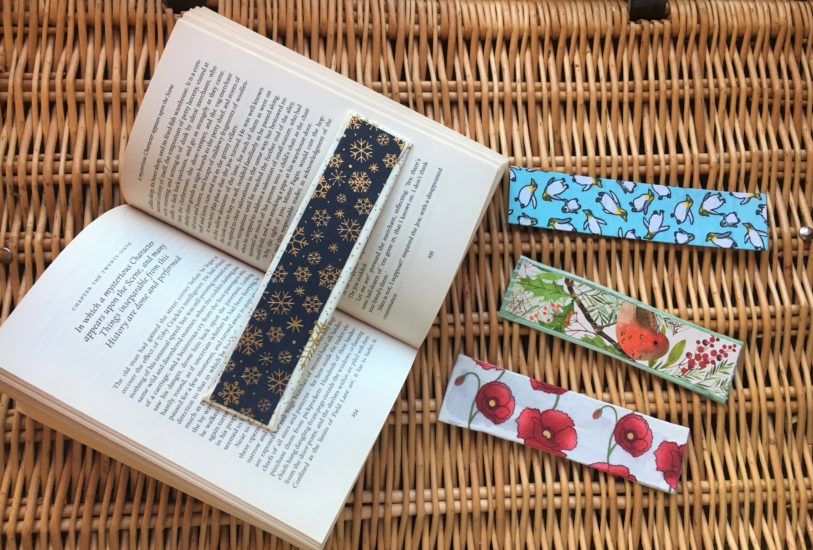
“The purpose of art is washing the dirt of daily life off our souls,” Pablo Picasso once said.
The artist seems to have been onto something, as one particular art form brings relaxation to anyone who tries it.
I discovered Zentangle a couple of years ago. A method of drawing mindfully, it is an art form usually drawn on 3.5-inch square tiles.
“One stroke at a time” is the key here. The idea is to draw a repetitive pattern of simple strokes that build up to create a complicated-looking, yet easily drawn piece of art.
This is where mindfulness comes in. Working on a repetitive pattern – or tangle – encourages us to focus on the present moment, distracting us from our problems. It also encourages creativity.
Mindful Drawing

The art form was created in 2003 by husband-and-wife team Rick Roberts and Maria Thomas.
One afternoon, professional artist Maria was working on an illuminated manuscript, consisting of big letters decorated with gold and patterns. She was so focused on drawing intricate patterns inside the letters that she was completely lost in thought. She felt completely at peace.
Rick had spent seventeen years as a Buddhist monk, and recognised that Maria had been in a meditative state.
The pair realised that if they could create a way to bring Maria’s feeling of calm to other people, it could become very popular – and Zentangle was born. There are now more than 3,000 certified Zentangle teachers in over 40 countries.
There Are No Mistakes
Since I discovered Zentangle, it has become a bit of an obsession – I even have a folder to hold all my tiles! Friends and family now receive homemade Zentangle Christmas, birthday and thank-you cards, and it has previously brought me solace when I have felt stressed.
Follow this simple method to try it for yourself:
- Draw a dot in each corner of your tile and join the dots together. The lines don’t have to be straight – it can look better with wonky edges. The thinking behind this is that sometimes people can feel intimidated by looking at a blank piece of paper.
- Separate your newly-created shape into random sections.
- Draw your choice of pattern in each section in pen, slowly and deliberately. YouTube has many tutorials on tangles, and there are numerous books on the subject. A Zentangle newsletter keeps subscribers updated on any new patterns, and various websites offer step-by-step tangle guides.
- Shade and/or colour your work. Traditionally Zentangle tiles are only black and white, but when your creative juices are flowing, you may want to add some colour. It is adding shade that really brings your tiles to life.
Here’s a quick demonstration:
For more information, visit www.zentangle.com
If you want to hear more from the team, click here to read our blog.




